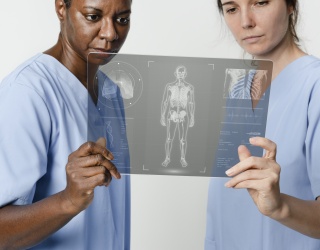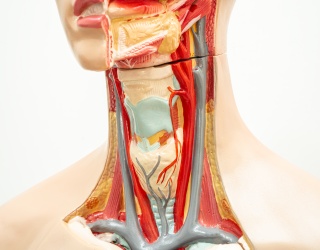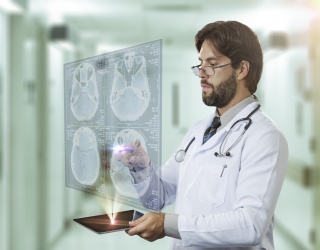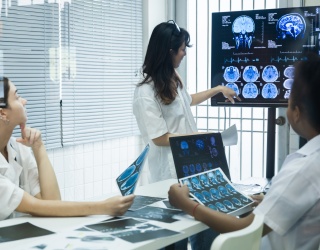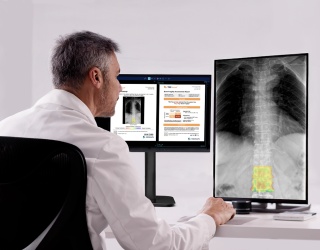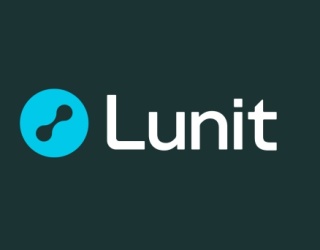From CT and MRI to PACS integration – what industry leaders need to know now
Digital twins are moving from buzzword to practical tool in diagnostic imaging. For manufacturers, technology providers, and clinical partners, they promise efficiency gains and new opportunities in CT and MRI workflows. Here are the top questions – and answers – industry professionals are asking.
How does it differ from traditional 3D reconstructions or segmentation models?
Conventional 3D reconstructions visualize anatomy at one point in time. A digital twin, by contrast, links imaging data with physiological and clinical datasets, enabling dynamic simulation. This allows manufacturers and providers to test protocols, predict outcomes, and refine workflows beyond static imaging.
What exactly is a digital twin in medical imaging?
A digital twin in radiology is a virtual replica of a patient’s anatomy or imaging system that continuously integrates imaging data with other patient information. Unlike static models, it evolves over time, reflecting changes in patient condition or imaging parameters.
Which workflow steps in CT/MRI can digital twins optimize most effectively?
Key benefits include:
- Scan planning: protocol selection tailored to patient-specific models.
- Dose management: predictive modeling to minimize radiation exposure.
- Post-processing: automated segmentation and quantification steps streamlined by twin data.
- System maintenance: simulating scanner performance to anticipate service needs.
What data inputs are required to build a reliable radiology digital twin?
Inputs vary by application but typically include prior imaging studies (CT, MRI, ultrasound), patient demographics, physiological parameters, and sometimes histology or lab data. The richer the dataset, the more predictive power the digital twin offers.

Which imaging modalities contribute most to digital twin accuracy?
CT and MRI remain primary sources due to high-resolution and volumetric data. Ultrasound is gaining relevance for dynamic organ modeling, while PET can add functional insights. Multi-modality integration is essential for industry solutions targeting comprehensive patient models.
How do digital twins integrate with PACS, RIS, and vendor-neutral archives?
Integration depends on interoperability standards. Most digital twin platforms rely on DICOM for imaging data and HL7/FHIR for clinical data exchange. For manufacturers, designing systems that can link seamlessly with PACS/RIS environments is a critical differentiator.
How can manufacturers and providers measure ROI from digital twins?
ROI can be tracked through:
- Reduced repeat scans, improving throughput.
- Faster slot turnover, boosting scanner utilization.
- Predictive maintenance, lowering downtime costs.
- Clinical confidence, supporting adoption of advanced modalities.
Why It Matters for the Industry
- Differentiation: Digital twin integration can set vendors apart in competitive CT/MRI markets.
- Efficiency gains: Optimized workflows mean fewer repeats, faster turnover, and lower maintenance costs.
- Future-ready: Multi-modality twins align with AI-driven, personalized imaging trends.
- Adoption driver: Clear ROI builds confidence for hospitals and providers to invest.
What’s Next
This is only the beginning. In Part 2 of our series, we will explore the challenges of digital twin adoption in radiology – from data security to clinical validation – and what industry leaders can do today to prepare.


